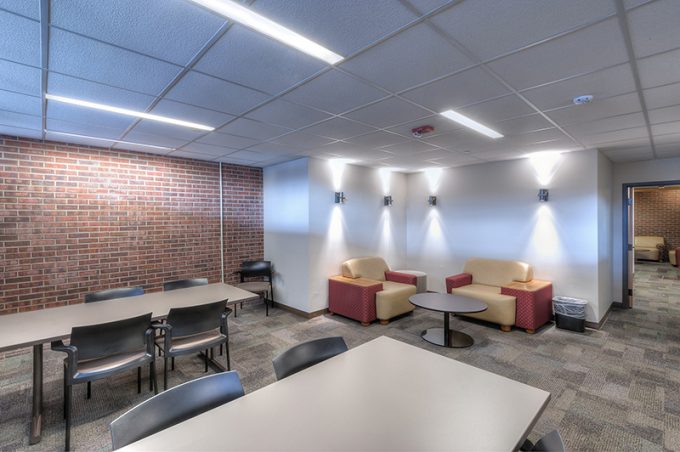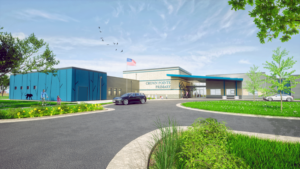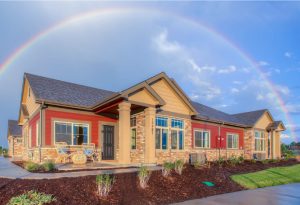Higher Education Design Trends in 2024
The landscape of higher education is evolving rapidly, with innovative, science-based design features playing a crucial role in enhancing the learning environment for college students. Therefore, as architects, understanding these higher education design trends is vital to creating educational spaces that foster collaboration, creativity, and well-being.
Active Learning Environments
Active learning environments are becoming increasingly popular in higher education institutions. These spaces promote student engagement through collaborative and interactive learning. Features such as movable furniture, writable surfaces, and advanced technology integration allow for a flexible and dynamic learning experience. According to a study by Freeman et al. (2014) published in Proceedings of the National Academy of Sciences, active learning classrooms can significantly improve student performance compared to traditional lecture-based settings.
Biophilic Design
Biophilic design, which incorporates natural elements into the built environment, has been shown to improve cognitive function and reduce stress among students. Incorporating elements such as natural light, indoor plants, and views of nature can enhance mental well-being and academic performance. A study by the University of Illinois found that exposure to natural environments can improve attention and reduce mental fatigue (Taylor & Kuo, 2009).
Technology-Enhanced Learning Spaces
The integration of technology in educational spaces is essential for modern learning. Interactive whiteboards, digital displays, and virtual reality stations are becoming common features in higher education. These technologies not only enhance learning but also prepare students for a tech-driven world. According to EDUCAUSE, technology-enhanced learning environments can increase student engagement and provide more personalized learning experiences (EDUCAUSE, 2020).
Sustainable and Healthy Buildings
Sustainability is a significant trend in higher education design. Utilizing sustainable materials and energy-efficient systems can create healthier learning environments and reduce the institution’s environmental footprint. The U.S. Green Building Council (USGBC) notes that sustainable buildings can improve indoor air quality and increase student productivity (USGBC, 2020). Additionally, designing for natural ventilation and using low-VOC materials can further enhance the indoor environment.
Flexible Learning Spaces
Another key higher education design trend is flexibility, which enables spaces to easily adapt to various teaching methods and activities. Movable walls, adjustable lighting, and reconfigurable seating enable educators to customize the learning environment to suit their needs. The flexibility of these spaces supports both individual and group activities, fostering a more inclusive and adaptable learning experience (Steelcase, 2018).
Collaborative Spaces
Creating spaces that encourage collaboration is crucial in higher education. Group study areas, open lounges, and innovation hubs are designed to facilitate interaction and teamwork among students. These collaborative spaces support informal learning and help build a sense of community within the institution. Research by the Harvard Graduate School of Education highlights the importance of social interaction in learning, noting that collaborative environments can enhance problem-solving skills and creativity (Harvard GSE, 2015).
Conclusion
Incorporating these science-based design features in higher education environments can significantly enhance learning outcomes and overall student well-being. As architects, it is essential to stay informed about these emerging trends to create educational spaces that meet the evolving needs of college students. By embracing these innovations, we can design learning environments that support and inspire the next generation of scholars. Reach out to our experts in higher education at EVstudio to discuss how these or other features can be incorporated into your next project.











